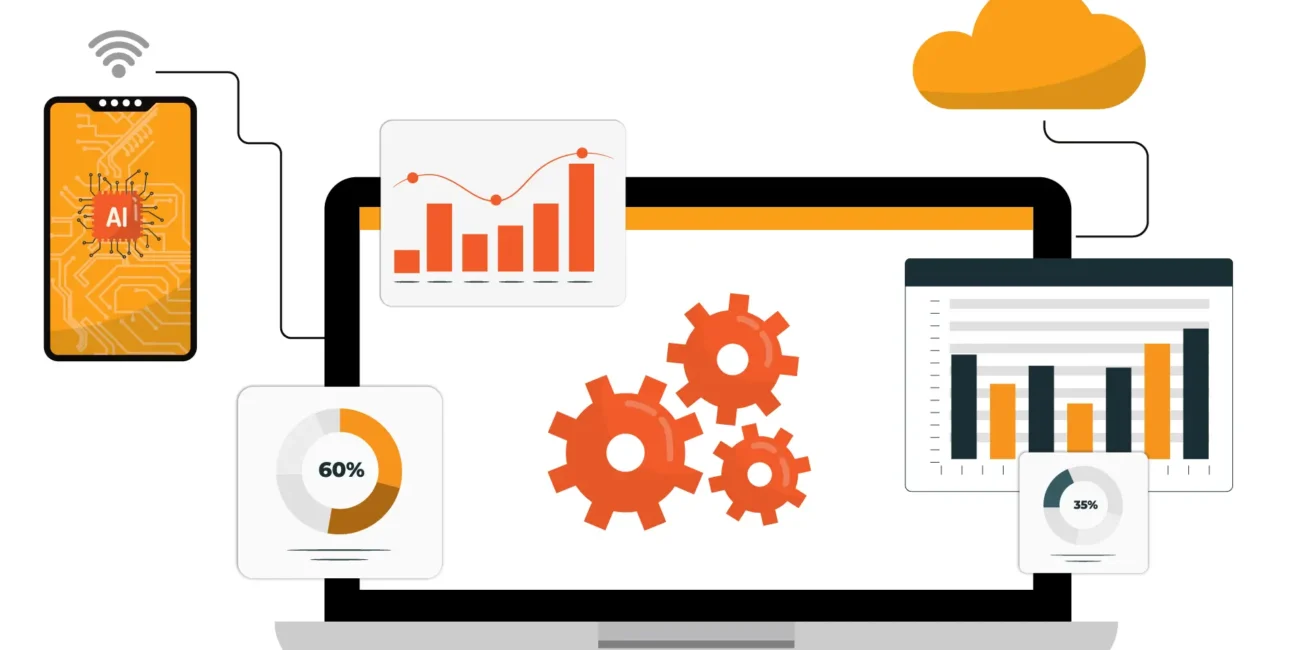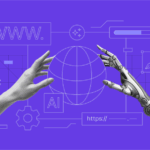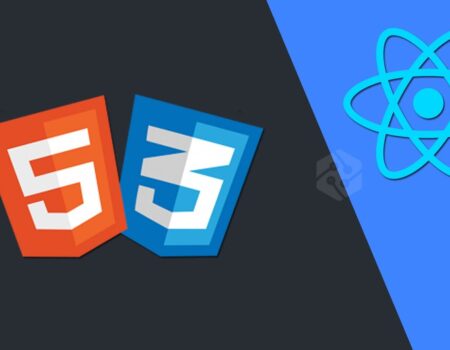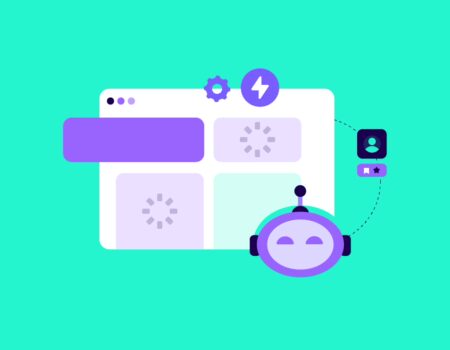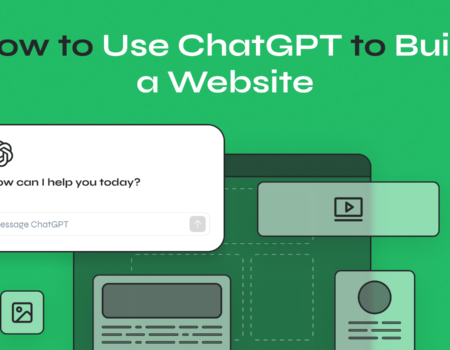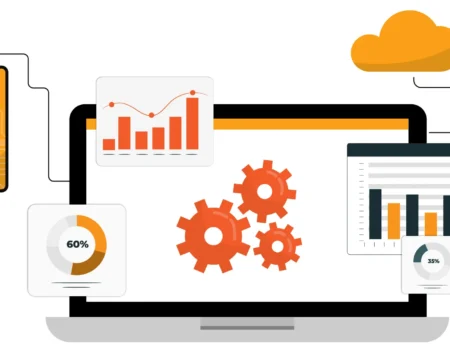User testing is essential for building websites and applications that truly meet users’ needs. Traditionally, it involves recruiting participants, designing test scenarios, observing behavior, and analyzing feedback—a time-consuming and sometimes costly process. In 2025, AI-powered tools are transforming user testing by automating many steps, making it faster, more scalable, and data-driven.
This guide explains how to leverage AI tools to automate user testing, improve insights, and accelerate product development cycles.
Why Automate User Testing with AI?
- Speed: AI tools can run tests and analyze results much faster than manual methods.
- Scalability: Test with larger user groups or simulate interactions without needing physical participants.
- Cost-effectiveness: Reduce expenses related to recruiting testers and manual data processing.
- Deeper insights: AI analyzes user behavior patterns and feedback with advanced analytics and machine learning.
- Continuous testing: Integrate automated tests into CI/CD pipelines for ongoing quality assurance.
Key AI Technologies in User Testing Automation
- Computer vision: For tracking user interactions like clicks, scrolls, eye movement, and gestures.
- Natural language processing (NLP): To analyze user feedback, chat responses, and sentiment.
- Machine learning: For pattern detection, predictive analysis, and user segmentation.
- Synthetic user generation: AI simulates virtual users performing tasks to test UI/UX at scale.
Popular AI-Powered User Testing Tools

- Lookback: Records and transcribes user sessions, then uses AI to extract key insights from video and audio.
- UserZoom: Combines AI analytics with traditional user testing to automate survey analysis and UX metrics.
- PlaybookUX: Uses AI to analyze qualitative feedback and identify usability issues automatically.
- Testim: Automates UI testing with AI that adapts to UI changes, reducing maintenance.
- Mabl: Integrates AI-driven functional and regression testing with user experience monitoring.
Steps to Automate User Testing with AI
1. Define Testing Goals
Identify what you want to test—usability, navigation flow, form completion, content clarity, etc. Clear objectives guide AI tool configuration and data interpretation.
2. Select the Right Tools
Choose AI tools based on your needs—whether you want session recording analysis, automated UI tests, or sentiment analysis of user feedback.
3. Set Up Automated Test Scenarios
For UI testing tools, create test cases that simulate user interactions such as clicking buttons, filling forms, or navigating pages.
4. Collect User Interaction Data
Use AI-powered session replay and tracking to capture real or simulated user interactions, clicks, scrolls, and navigation paths.
5. Analyze Behavior and Feedback with AI
Leverage NLP and machine learning to process user comments, survey responses, and behavioral data. AI can identify pain points, sentiment trends, and usability issues without manual review.
6. Generate Actionable Reports
AI tools summarize findings into prioritized recommendations, heatmaps, and performance metrics, helping teams focus on critical improvements.
7. Integrate into Development Pipeline
Incorporate automated testing into CI/CD workflows so tests run continuously and flag regressions early.
Best Practices for AI-Driven User Testing
- Combine AI with human insights: AI enhances efficiency but human judgment is vital for interpreting nuanced user behavior.
- Iterate and refine tests: Use AI feedback to improve test scenarios and cover edge cases.
- Ensure diversity in user data: Include a wide range of user profiles for more comprehensive testing.
- Maintain transparency: Inform users when AI is analyzing their behavior and respect privacy laws.
- Validate AI findings: Cross-check automated insights with manual reviews to avoid false positives or negatives.
Benefits Realized by Teams Using AI for User Testing
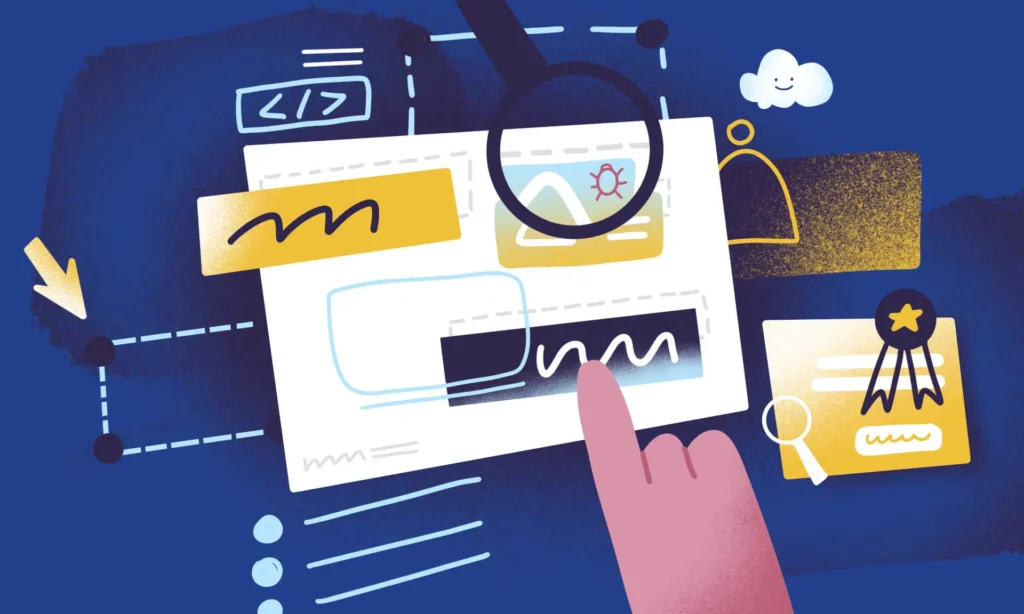
- Faster identification of UX issues leading to quicker fixes.
- Higher test coverage with simulated user interactions beyond manual capacity.
- Improved user satisfaction through data-driven design decisions.
- Reduced costs associated with participant recruitment and analysis.
- Continuous quality assurance with automated regression testing.
Challenges and Considerations
- Data privacy and ethics: Collecting and analyzing user data must comply with regulations and ethical standards.
- Tool selection: Not all AI tools fit every project; assess features, integration options, and scalability.
- Overreliance on automation: Human-centered design still requires empathy and context beyond AI’s reach.
- Complex scenarios: Some nuanced user behaviors or emotional responses might be difficult to capture automatically.
Conclusion
Automating user testing with AI tools is rapidly becoming a best practice for agile and user-centered web development. By harnessing AI’s speed, scalability, and analytical power, teams can deliver superior user experiences faster and more efficiently. As AI technologies evolve, integrating automated user testing will be essential to stay competitive and responsive to user needs in 2025 and beyond.

